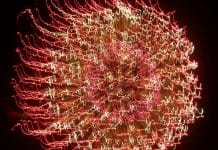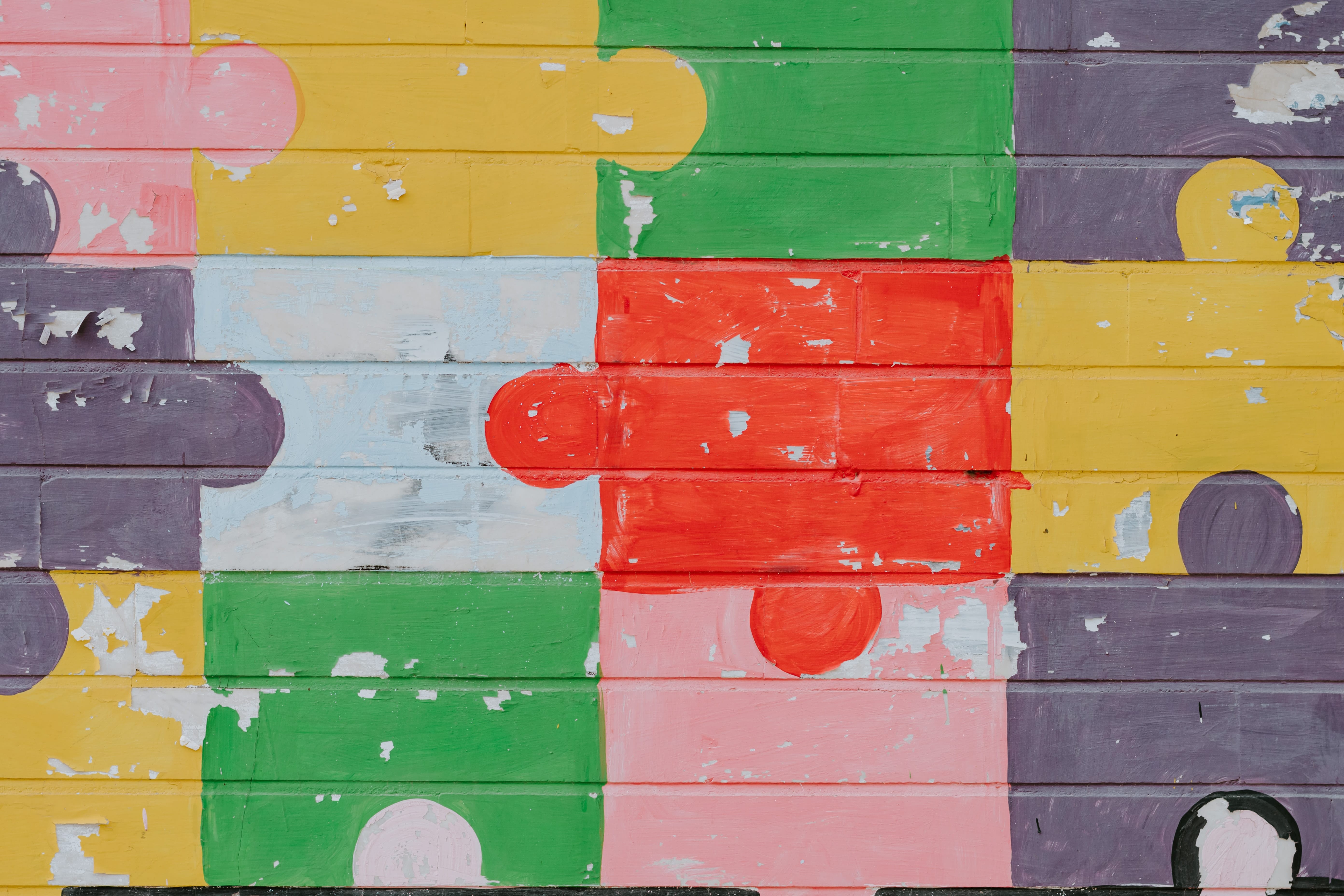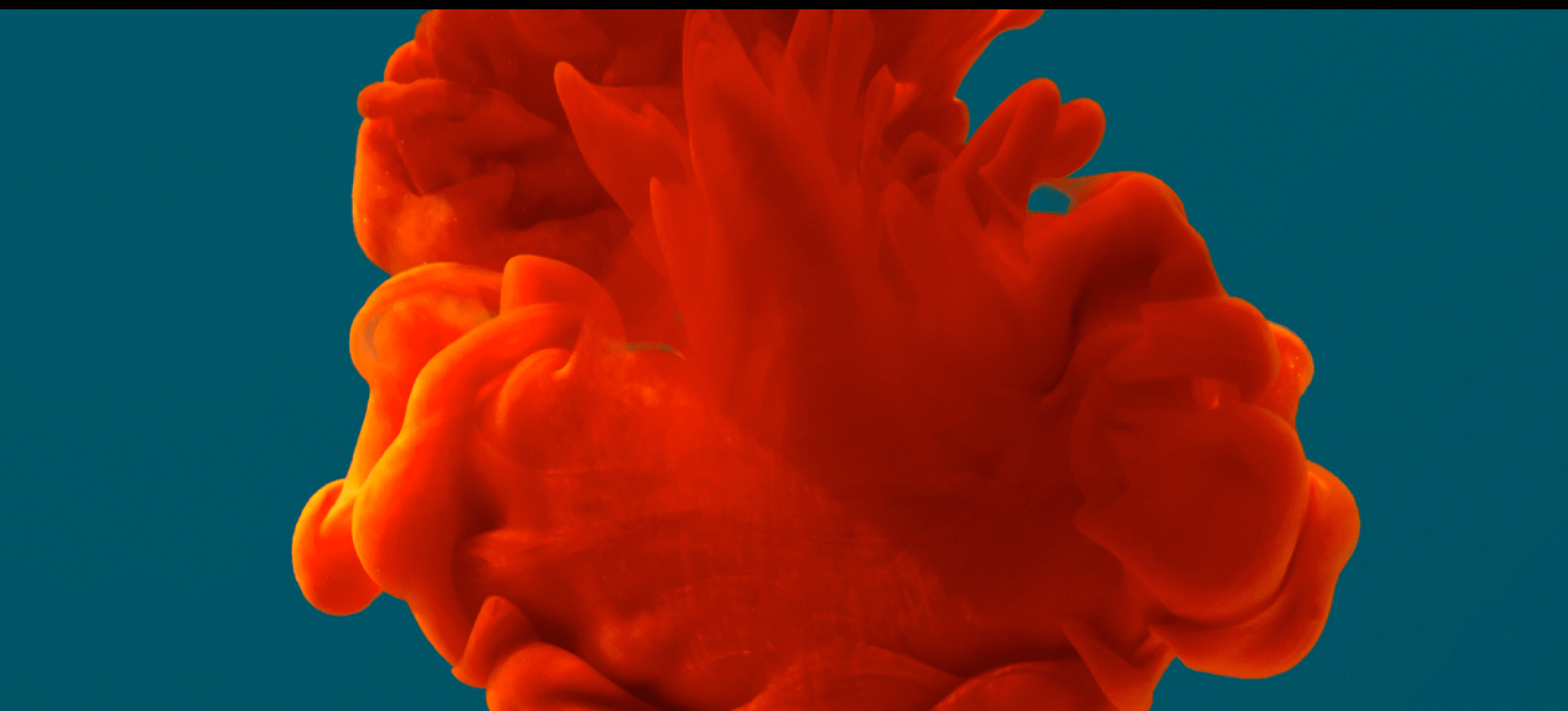At first glance Chemistry and Art History seem like two disciplines with little in common. An exciting co-curricular project at U of T Scarborough (UTSC) is changing that. Students in Chemistry, Art History, Studio Art and Art Management programs are developing technical and communication skills in addition to disciplinary knowledge – and they’re doing it by working collaboratively.
Through the Technical Art History Project, students are participating in unique workshops designed to introduce them to the basics of technical art history while fully immersing them in an interdisciplinary learning experience. Drawing on knowledge from both the arts and the sciences students delve deeper into their own area of study while learning from each other to understand the materials, techniques, contexts and interpretations of artworks.
Instructors Erin Webster (Arts, Culture & Media, UTSC) and Alen Hadzovic (Physical & Environmental Sciences, UTSC) pioneered this series beginning in 2013. Hadzovic explains, “I am always looking for an opportunity to dip into interdisciplinary teaching. The benefits are numerous for everyone involved in a project like this – from students to instructors. Technical art history is a perfect multidisciplinary area that bridges art and science – it needs the expertise from both sides in order to produce results.”
Webster, with a personal interest and background in technical art history, was the perfect colleague to launch the series with. As she describes it, “I used to be a research curator at the Art Gallery of Ontario, where I was involved in several technical art history research projects. I also held a Kress Fellowship in technical art history in New York, a joint project with New York Universitythe Metropolitan Museum of Art and Yale. When I came to UTSC, I tried to find someone else who might be interested in the topic.”
After meeting at the UTSC inaugural Workshops for Inter-Discipline Exchange and Novelty initiative, co-founded by Hadzovic, the two instructors began organizing workshops at UTSC, bringing their own subject matter expertise to students and inviting professionals in technical art history from the Art Gallery of Ontario and other institutions to share their own skills and experiences.
Each workshop hosts about 20 students, with a science-to-art student ratio of approximately one-to-one, allowing for practical, hands-on work done in teams of two. Students engage directly in experimental education-based exercises, demonstrations and tasks and work on disseminating and implementing cross-disciplinary knowledge. Through support from the Provost’s Instructional Technology Innovation Fund, Webster and Hadzovic were able to purchase specialized equipment allowing students to go beyond simple visual inspection and begin to understand the analytical chemistry involved in technical art history.
The workshops have been wildly successful with students from both disciplines. One participant noted, “These workshops were extremely helpful in illustrating to Art History students the interdisciplinary nature of our field and the importance of collaboration and communication with those who have different skill sets than us.”
“From my perspective, art history students are used to a fairly isolated experience – there’s not a lot of group work in this discipline. Technical art history offers students very different ways of thinking about physical objects, and of the questions and potential answers, research methods and approaches that can be invoked when you begin talking to people outside of your own area,” Webster said.
Hadzovic expands, “I see our workshops as an excellent answer to some challenges I find important in chemistry education – how do I teach my chemistry students, especially those in upper years, to see chemistry around them? How do I teach them to use chemistry to collaborate with others and learn from other disciplines? How do I teach them to respect and value the work of others?”
According to another student evaluation, “I found this to be an informative and eye-opening experience – I really liked that there were a variety of professionals from the different disciplines coming in to speak to us.”
Webster agrees, adding, “For our students, many of whom are already combining majors and minors across the ‘art/science divide’, this is an exciting opportunity to see worlds come together. For others who haven’t encountered this kind of collaborative scholarship, it’s a great opportunity to introduce them to new and different ways of working and thinking that will hopefully broaden their educational experience and goals.”
Co-curricular Activities
Co-curricular activities are an important component of the overall learning experience for students at the University of Toronto. The U of T Orientation, Transition and Engagement team has found that students who engage in co-curricular activities have a more memorable university experience, in addition to performing better academically. Students are building their personal and professional skills, finding community and getting a chance to explore their interest and passions.























